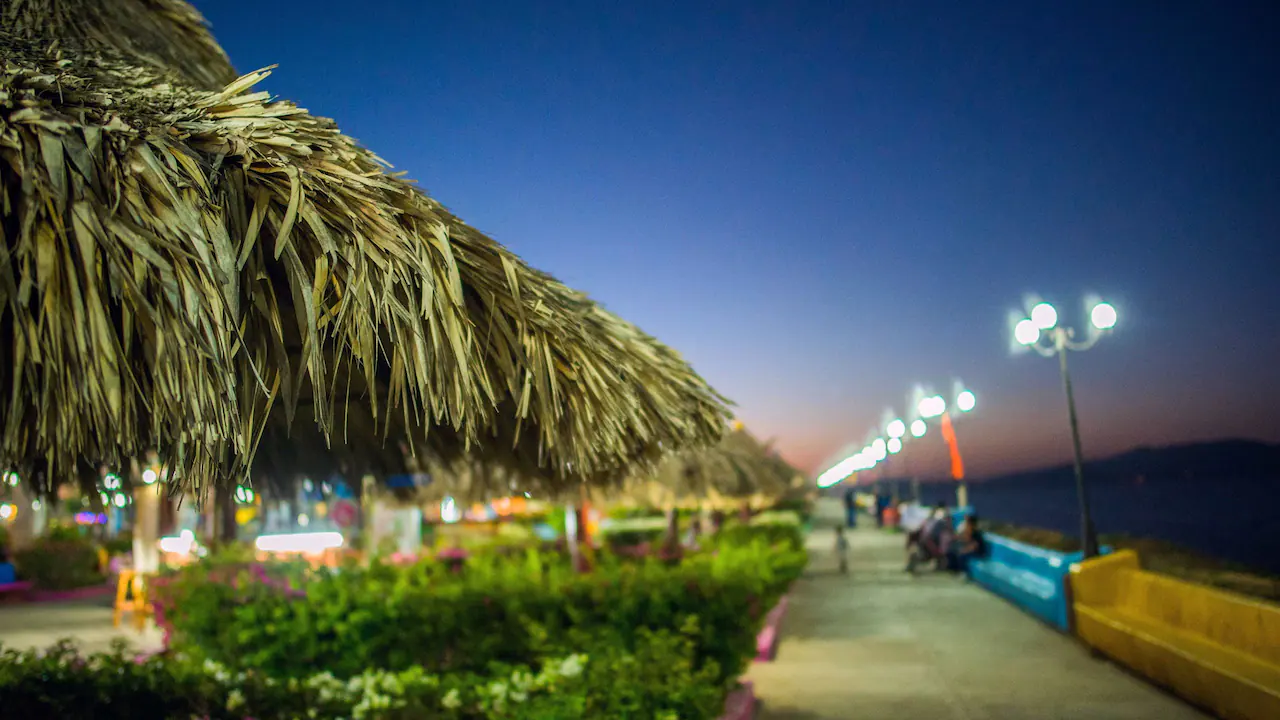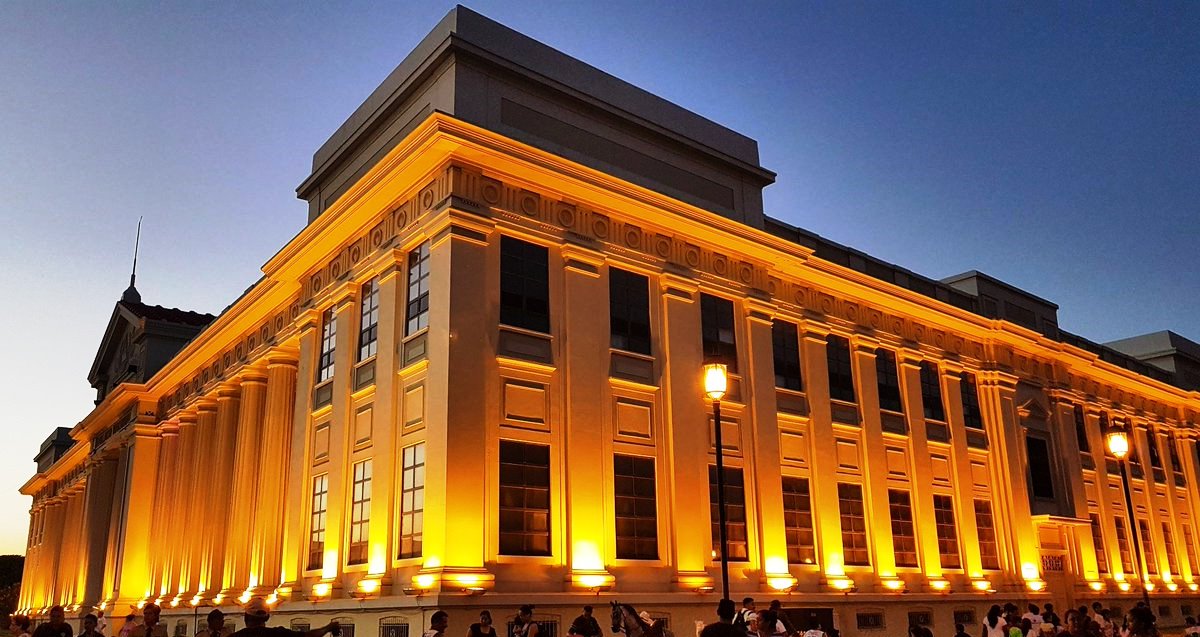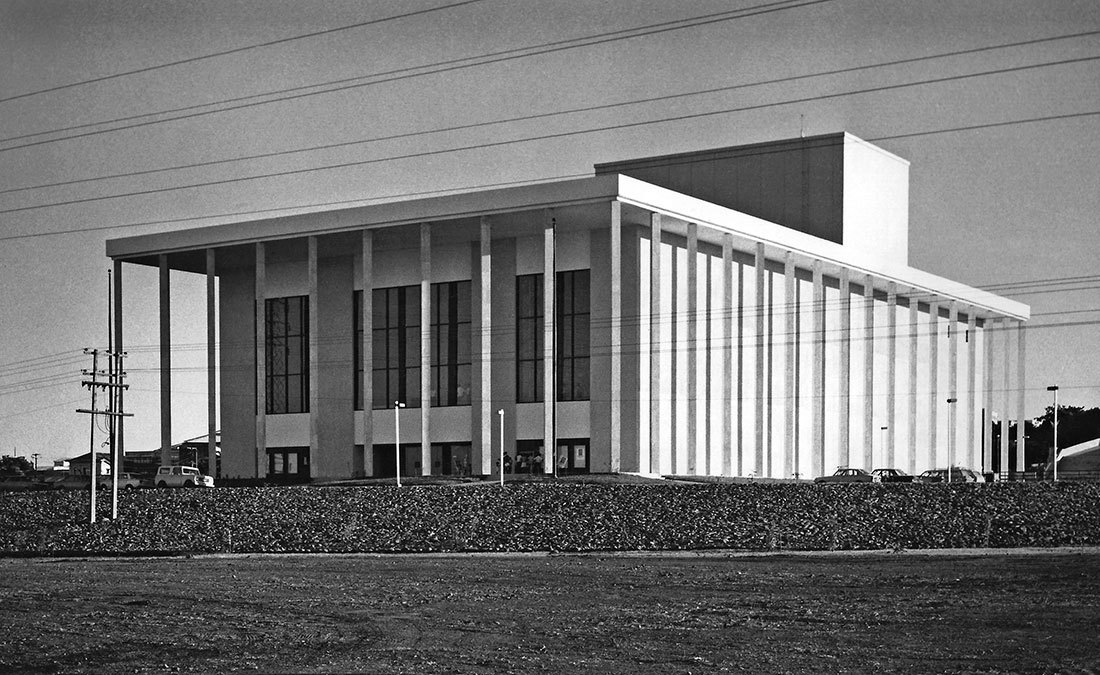Managua, Nicaragua: A Vibrant City of Contrasts
Managua, the capital of Nicaragua, is a city that pulsates with energy and contrasts. As the country's political, economic, and cultural center, it's a place where modernity intertwines with a rich history, creating a unique tapestry that welcomes travelers with open arms.
A Tapestry of History
Nicaragua's history is a vibrant tapestry woven with threads of indigenous cultures, Spanish colonialism, revolutionary struggles, and a quest for modern identity. Situated in the heart of Central America, the country's past reflects the dynamic changes that have shaped its present.
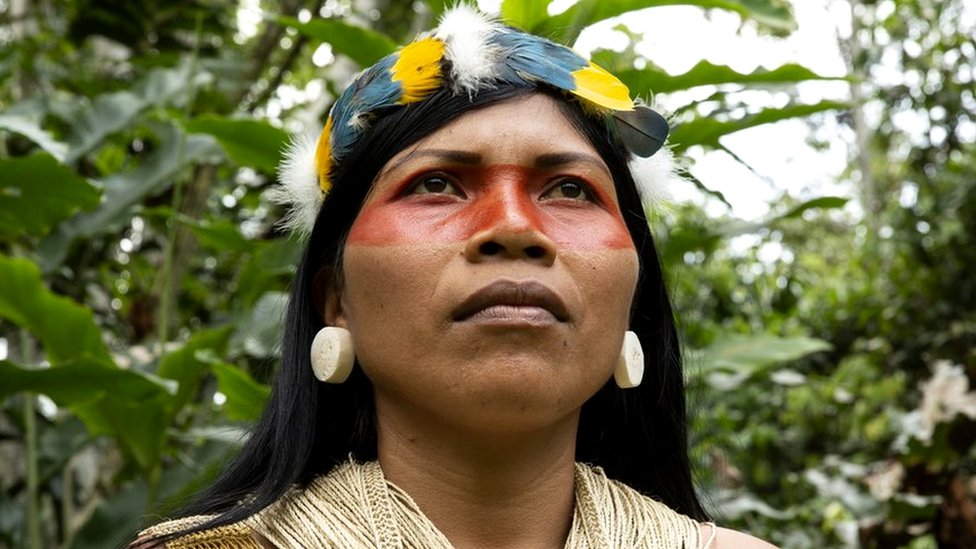
Indigenous Roots
Long before Spanish colonization, Nicaragua was inhabited by indigenous peoples, including the Miskito, Rama, and Sumo tribes on the Caribbean coast, and the Nahua and Chorotega in the western region. These diverse communities lived in harmony with nature, leaving behind archaeological treasures, such as petroglyphs, that provide glimpses into their rich cultures.
Spanish Conquest
In the early 16th century, Spanish conquistadors arrived in Nicaragua, led by figures like Gil González de Ávila and Francisco Hernández de Córdoba. They established settlements and ruled over the indigenous populations. Granada and León, two of Nicaragua's prominent cities today, were founded during this period.
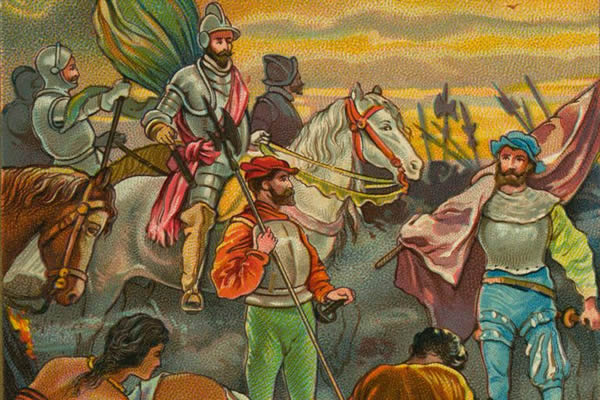
Colonial Era
Nicaragua remained under Spanish rule for centuries. The region's agricultural potential led to the growth of the sugar and tobacco industries, which, in turn, relied on African slave labor. The mixing of these cultures laid the foundation for Nicaragua's diverse society.
Independence and Turbulence
Nicaragua, like much of Central America, declared its independence from Spain in 1821. The country became part of the First Mexican Empire and then the United Provinces of Central America. However, regional strife led to Nicaragua's separation and independence in 1838.
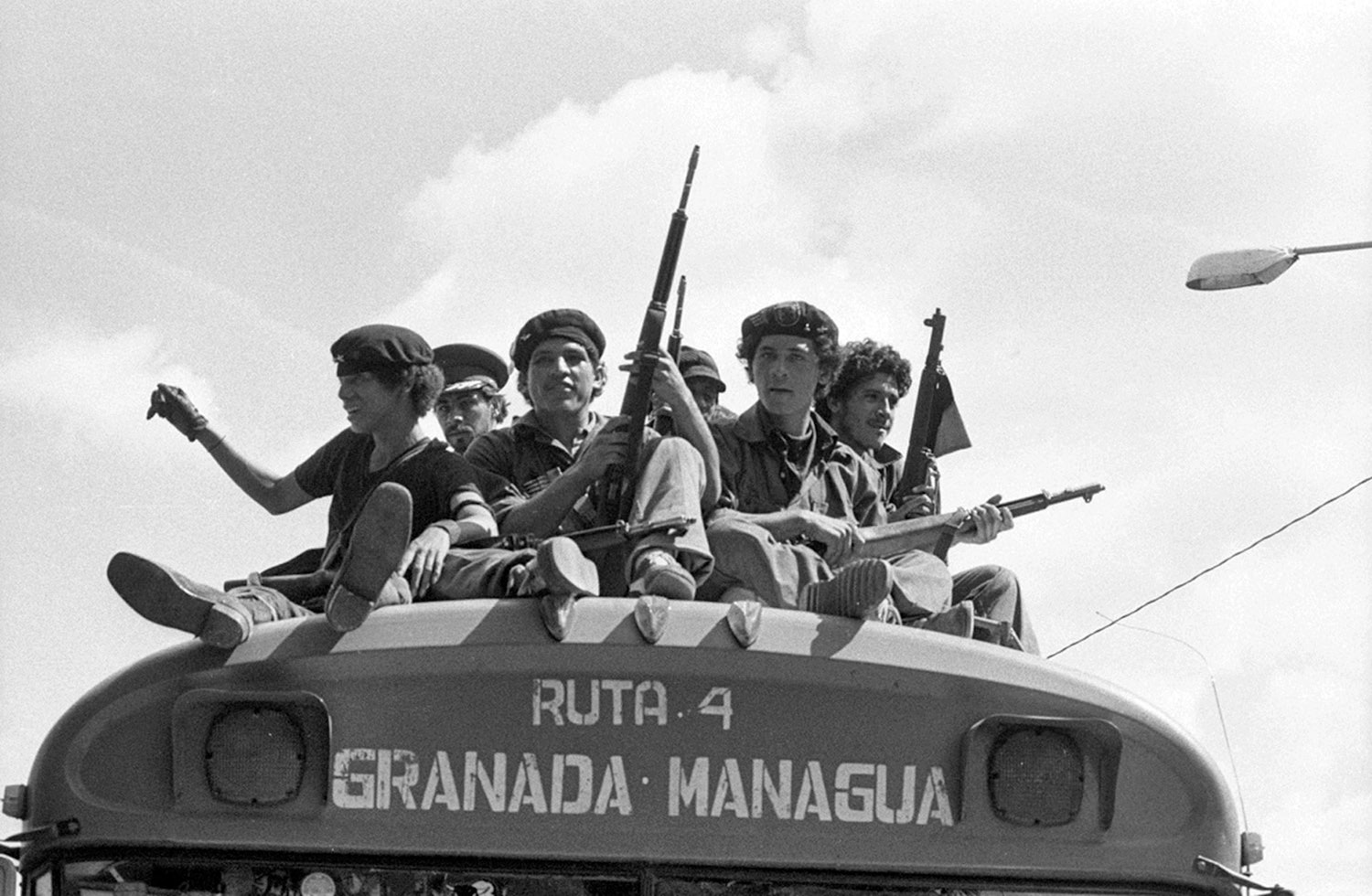
The William Walker Episode
In the mid-19th century, Nicaragua experienced a turbulent period when American filibuster William Walker attempted to establish himself as the country's ruler. This period of foreign intervention left a lasting impact on the nation's psyche.
Sandinista Revolution
In the latter half of the 20th century, Nicaragua was thrust into the international spotlight due to the Sandinista Revolution. The Sandinistas, a socialist movement, successfully overthrew the Somoza dynasty in 1979. This revolution was followed by a decade-long civil conflict, known as the Contra War, which brought considerable hardship to the country.
Modern Nicaragua
In the 1990s, Nicaragua transitioned to a democratic government, and the nation has since made strides in stability and development. Today, Nicaragua is known for its natural beauty, historical charm, and a strong sense of national pride.
Nicaragua's history is a testament to its resilience and the remarkable diversity of its people. It's a place where ancient cultures and modern aspirations come together to shape a nation that is as dynamic as it is captivating.
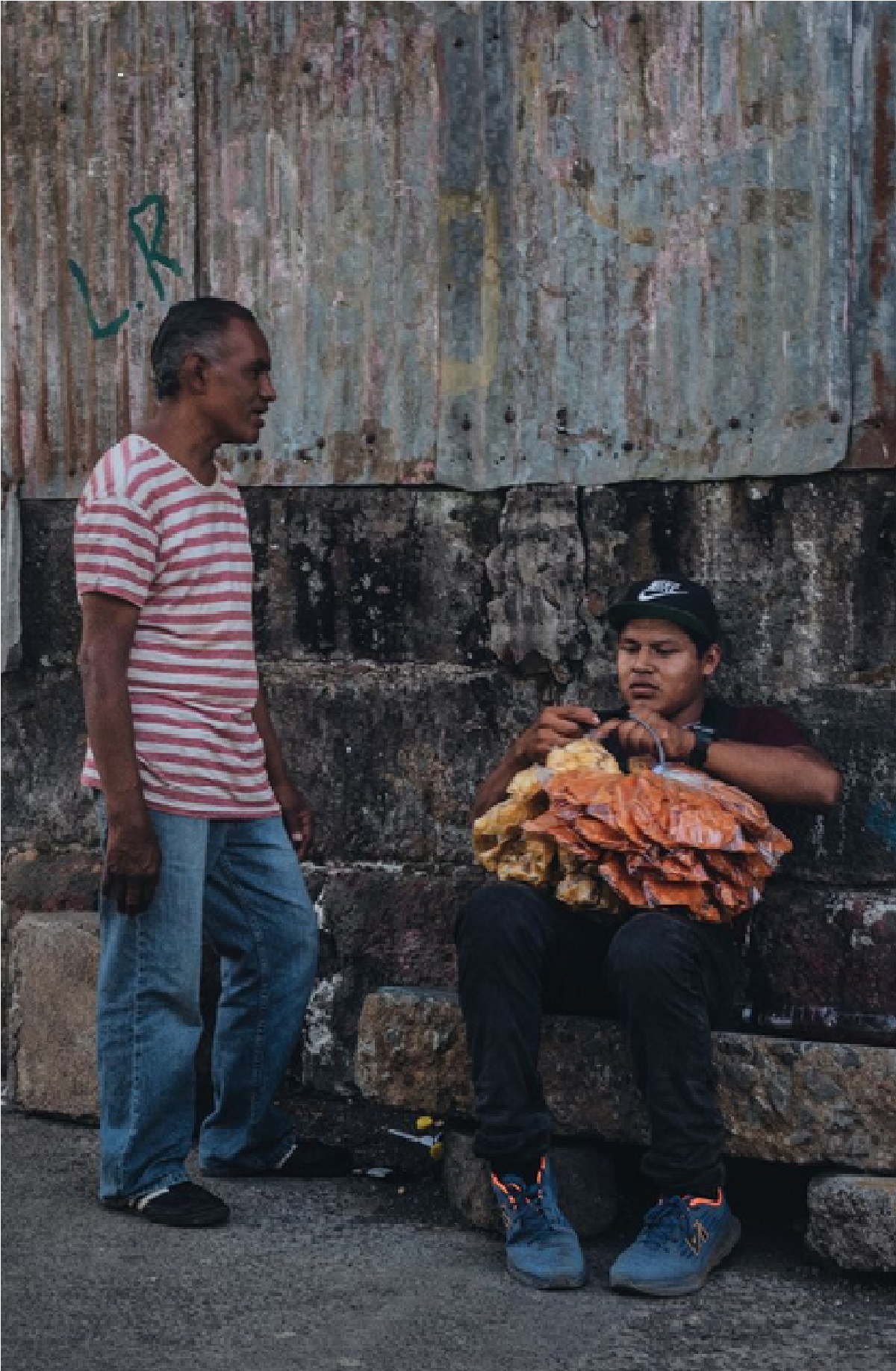
Local Life
Nicaragua, a nation of warm smiles and vibrant traditions, offers a rich tapestry of local life that is deeply connected to its history, culture, and geography.
Family-Centered Society
At the heart of Nicaraguan life is the family. Families are often large and close-knit, with strong bonds that extend to relatives near and far. Gathering together for meals, celebrations, and special occasions is a cherished tradition.
Language and Music
Spanish is the official language, but a unique Nicaraguan dialect, known as "Nicañol," is often spoken informally. Music plays a significant role in local life, with genres like "mariachi," "son nica," and "polka" filling the air during festivities.
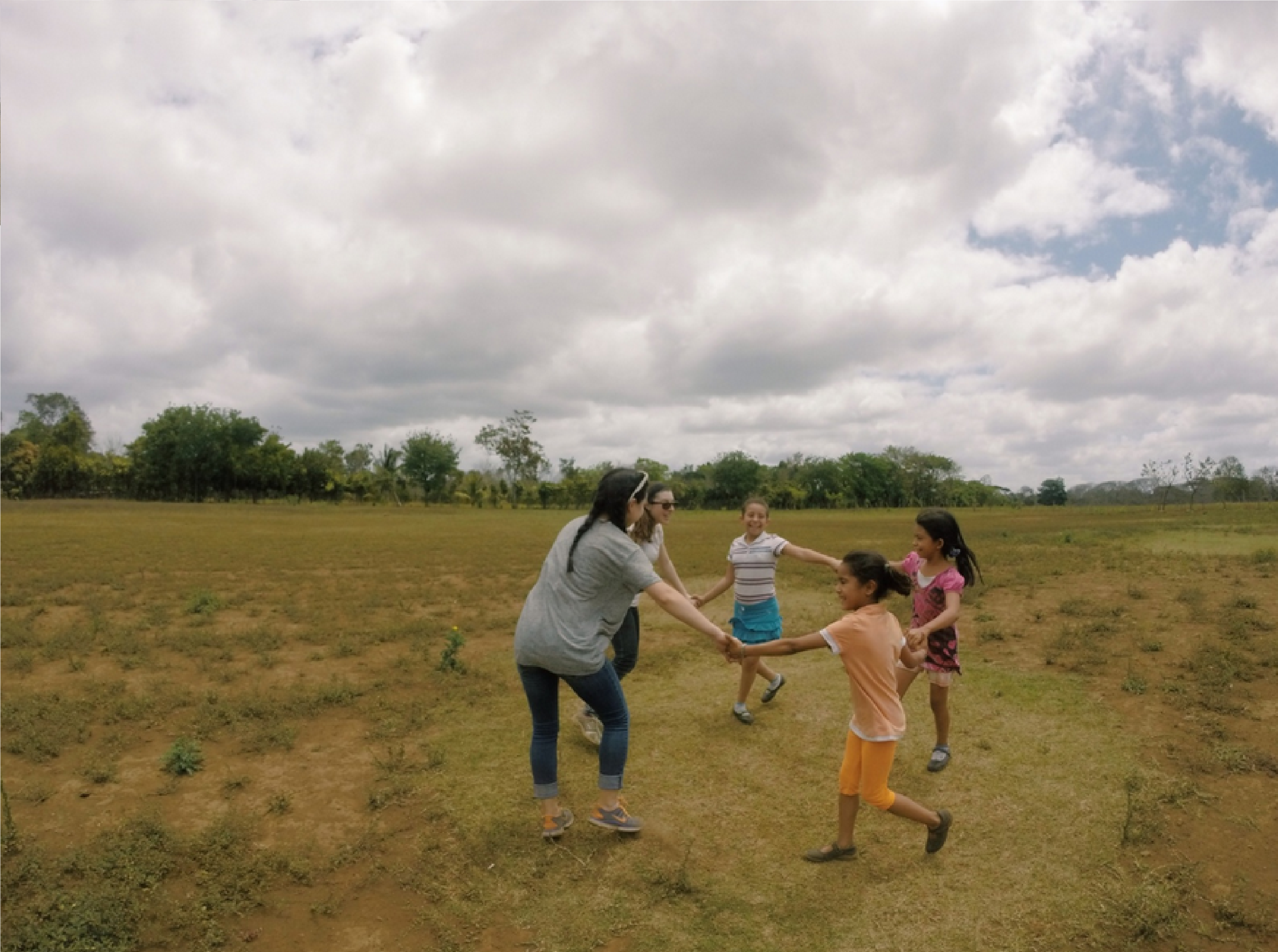
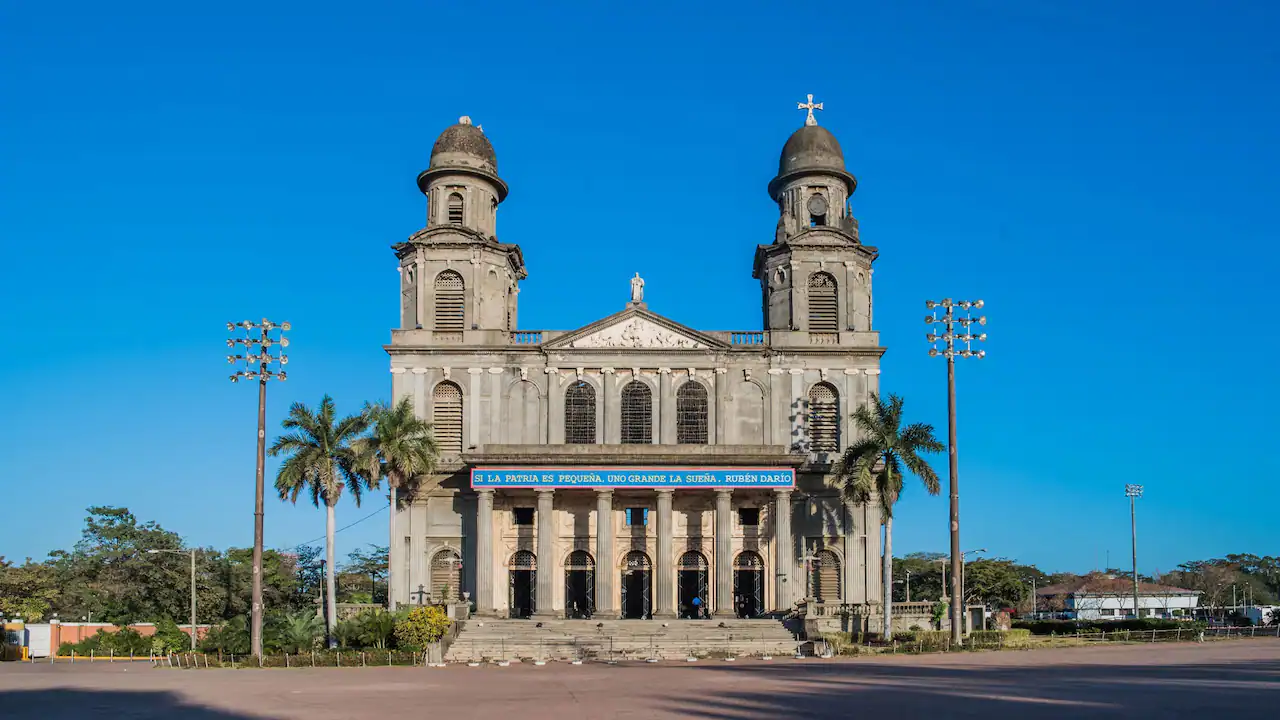
Religious Celebrations
The majority of Nicaraguans are Catholic, and religious celebrations are a fundamental part of life. Events like Semana Santa (Holy Week) are marked by processions, music, and vibrant street parades.
Local Markets
Nicaraguans often rely on local markets for fresh produce, meat, and handmade crafts. Visiting markets like the Mercado Roberto Huembes in Managua or the Mercado Municipal in Granada is an authentic experience, where locals and visitors intermingle, creating a lively atmosphere.
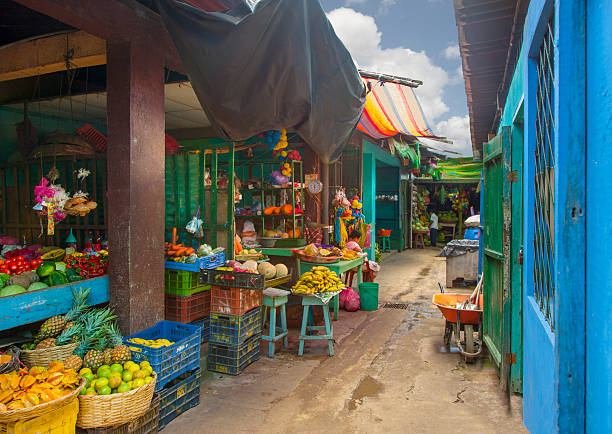

Art and Craftsmanship
Nicaragua has a rich tradition of arts and crafts, including pottery, textiles, and woodwork. Local artisans take pride in creating intricate designs that reflect the country's culture and history.
Cuisine
Traditional Nicaraguan cuisine is a delight for the taste buds. You'll savor dishes like gallo pinto (rice and beans), nacatamales (corn dough filled with meat and vegetables), and vigorón (a dish of yucca, chicharrón, and cabbage salad). Street food vendors offer a wide variety of snacks and treats.
Community Spirit
Nicaraguans are known for their warmth and hospitality. Visitors are often greeted with open arms and friendly smiles. It's common to strike up conversations with locals and be invited to join in on local activities and festivities.
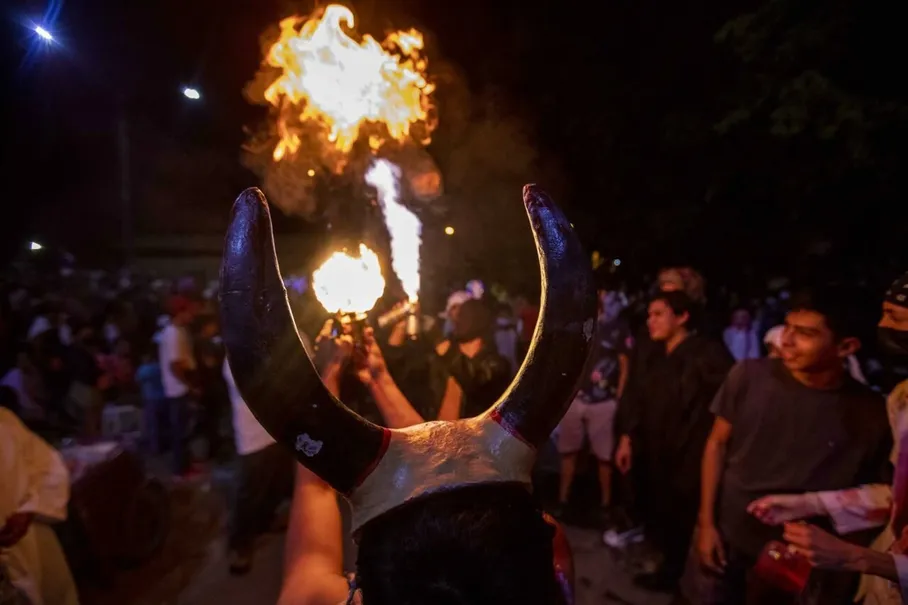
Fiestas and Celebrations
Nicaragua loves to celebrate, whether it's an annual town fiesta, a national holiday, or a local event. The country's festive spirit is contagious, and you'll often find live music, dancing, and colorful parades.
Community Involvement
Many Nicaraguans are actively involved in their communities, volunteering in local organizations or participating in neighborhood committees. This sense of community is a strong and cherished aspect of Nicaraguan life.
Local Traditions
Traditional dances, like "el baile de la gigantona," and folkloric performances provide a window into Nicaragua's cultural heritage.
Nicaraguan local life is an experience of warmth, culture, and tradition. It's a place where you can immerse yourself in the daily rhythms of life, engage with the welcoming locals, and appreciate the country's authentic charm. Whether you're exploring vibrant markets, tasting local delicacies, or taking part in a local celebration, you're sure to be enchanted by the genuine spirit of Nicaragua.
Destination Gallery
Certainly, here are some of the top tourist destinations in Managua, Nicaragua:
1. Old Cathedral of Managua (Antigua Catedral de Managua): This historic cathedral, heavily damaged during an earthquake in 1972, now stands as a poignant ruin, serving as a symbol of the city's resilience. It's a fascinating place for both history and photography enthusiasts..
2. Revolution Square (Plaza de la Revolución): A central square showcasing sculptures and monuments dedicated to Nicaragua's revolutionary history. It's an essential stop to understand the country's political struggles and triumphs.
3. Luis Alfonso Velasquez Park: A green oasis in the city, this park features beautiful gardens, walking paths, and serene lakes. It's a great place to enjoy a leisurely stroll, have a picnic, or simply relax in a tranquil setting.
4. National Palace of Culture (Palacio Nacional de la Cultura): Home to various museums, art galleries, and exhibitions, this palace is a cultural hub where you can explore Nicaragua's artistic heritage.
National Palace of Culture, Managua
5. Lake Managua (Lago Xolotlán): The city's western border is the stunning Lake Managua, offering opportunities for boat tours, fishing, and lakeside relaxation. It's a peaceful escape from the urban hustle and bustle.
6. Huellas de Acahualinca: A site that preserves ancient footprints believed to be over 6,000 years old. It provides a unique glimpse into Nicaragua's prehistoric past.
7. Rubén Darío National Theater: Named after the renowned Nicaraguan poet Rubén Darío, this theater hosts cultural performances and events, including dance, theater, and music, making it a cultural center of the city.
8. Tiscapa Lagoon Natural Reserve: This protected area offers hiking trails with scenic viewpoints. It's an excellent place for nature lovers and those seeking panoramic views of Managua.
9. Chocoyero-El Brujo Nature Reserve: Located just outside Managua, this reserve is home to numerous bird species and an impressive waterfall. A great spot for birdwatching and hiking.
Rubén Darío National Theater
10. Montelimar Beach: If you're looking for a quick beach getaway, Montelimar is a coastal resort area near Managua, offering sandy shores and seaside relaxation.
11. Asososca Lagoon: Known as the "Lagoon of Volcanoes," this serene lagoon offers birdwatching and kayaking opportunities.
12. La Paz Centro: A charming town known for its traditional bullfights and lively local culture, located near Managua.
13. Puerto Salvador Allende: This scenic waterfront area along Lake Managua offers a variety of restaurants, bars, and shops. It's an excellent place to enjoy a lakeside meal or take a boat tour.
Barceló Montelimar Beach
Managua, Nicaragua's capital, offers a diverse range of attractions, from historical sites and cultural landmarks to natural reserves and urban parks. Whether you're interested in history, outdoor adventures, or simply enjoying the local scene, Managua has something to offer every traveler.
Final Thoughts
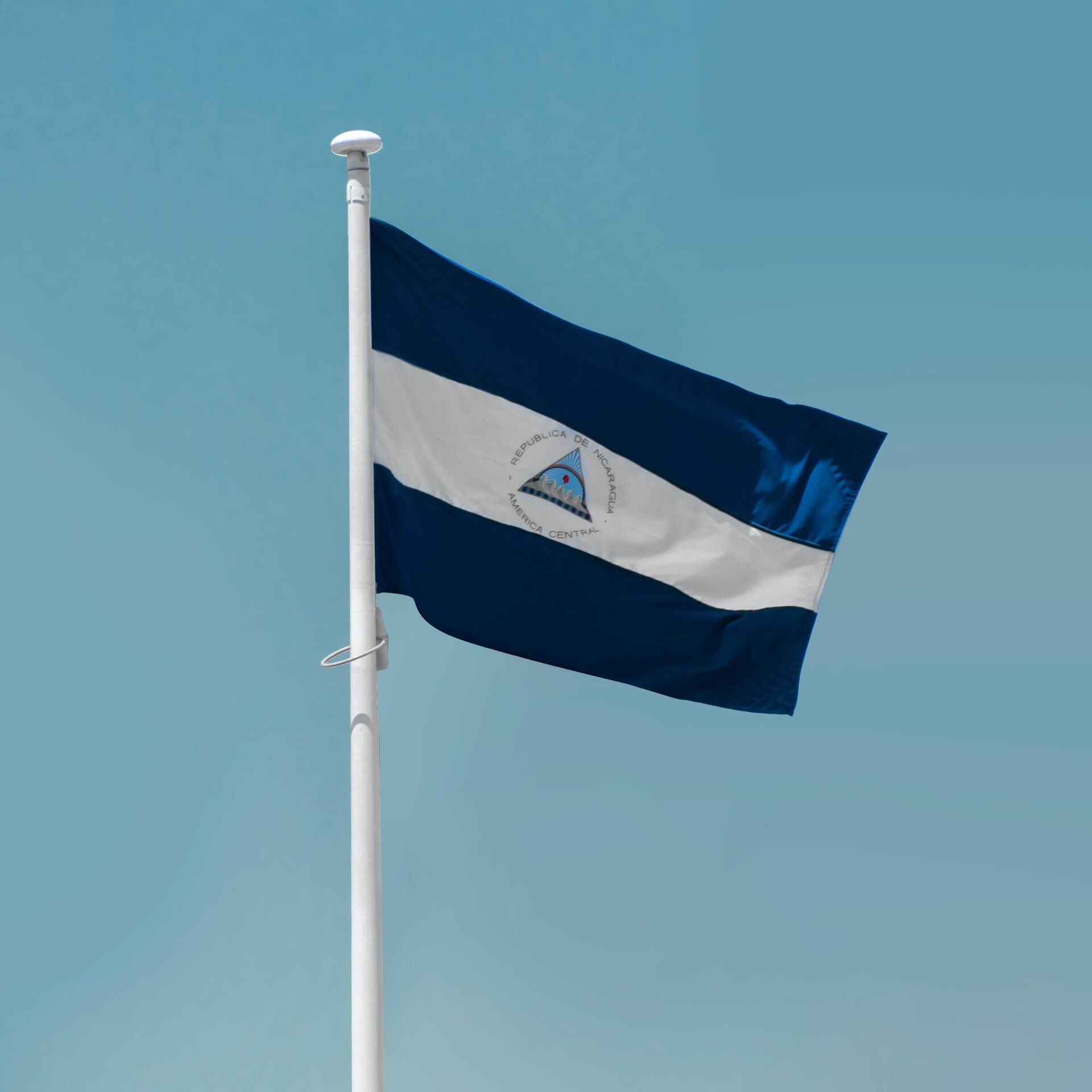
Ready to embark on a thrilling journey through the heart of Nicaragua? Vacation Mindset is your trusted travel partner, committed to creating the optimal and most enjoyable itinerary for your adventure. Allow us to design a personalized route that captures the magic of Managua and other captivating destinations across this vibrant nation. Contact us today, and let us transform your travel dreams into unforgettable memories. With Vacation Mindset, your exploration of Nicaragua promises to be a fun and seamless experience from start to finish.
Traveling Tips from Vacation Mindset
- Weather and Packing
Ometepe has a tropical climate, so pack lightweight, breathable clothing. Don't forget essentials like sunscreen, a hat, and insect repellent. A reusable water bottle and a rain jacket can also be handy.
- Currency and ATMs
The local currency is the Nicaraguan Córdoba, and cash is widely accepted. While some places accept major credit cards, it's a good idea to carry some cash. ATMs are available in towns like Altagracia and Moyogalpa.
- Language
Spanish is the primary language spoken on the island, so having some basic Spanish phrases can be beneficial. English may be limited in rural areas.
- Transportation
Getting around Ometepe is mainly by local buses, taxis, or renting a scooter or bicycle. Make sure to clarify prices and routes with local transportation providers.
- Food and Water
Enjoy the local cuisine, but be cautious about street food. Drink bottled or purified water to avoid stomach issues. Fruits and vegetables from reputable sources are safe to eat.
- Respect Local Customs
The people of Ometepe Island have a strong cultural heritage. Show respect by dressing modestly when visiting religious sites and engaging with the local customs and traditions.
- Safety
Ometepe Island is relatively safe, but standard precautions should be taken. Keep an eye on your belongings and use a reliable guide if you plan to hike the volcanoes.
- Eco-Friendly Travel
Embrace eco-friendly practices. Ometepe is known for its pristine environment, so carry reusable items, and be mindful of waste disposal.
- Health Precautions
Check if any vaccinations or health precautions are recommended before your trip. Also, bring any necessary medications and a first-aid kit.
- Local Interaction
Interact with the local community respectfully and engage with their traditions and customs. It's a great way to learn about the island's rich culture.
Remember that Ometepe Island offers a unique blend of nature, culture, and adventure. By following these travel tips, you'll have a more immersive and enjoyable experience on this beautiful island. Vacation Mindset is here to help you plan and make the most of your journey. Enjoy your Ometepe adventure!

If you think adventure is dangerous, try routine - it's lethal.
- Paulo Coelho
Countries
Call or Text (726) 200-3520

